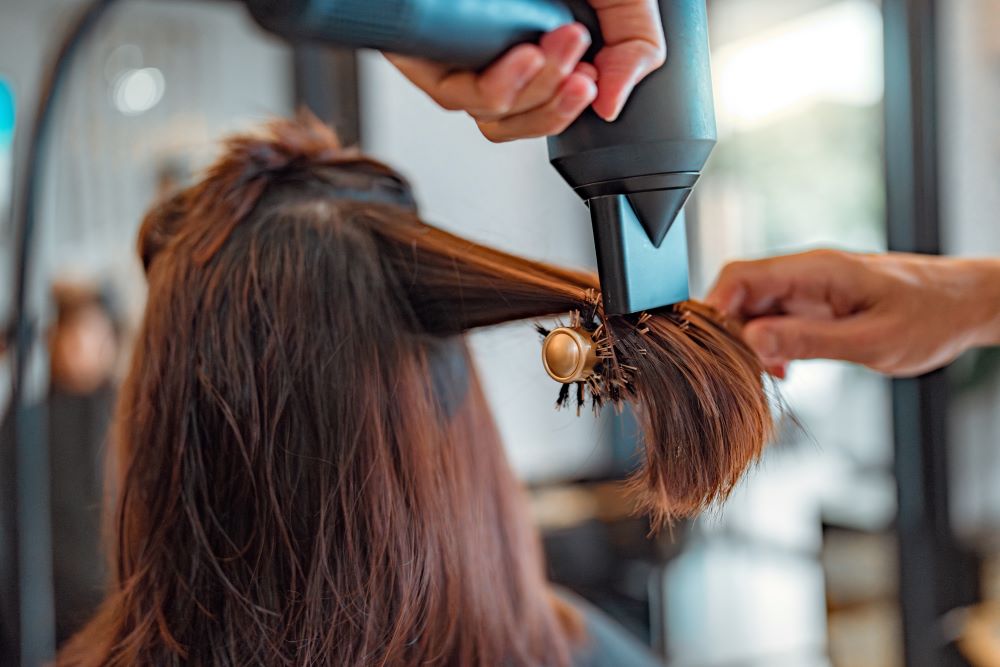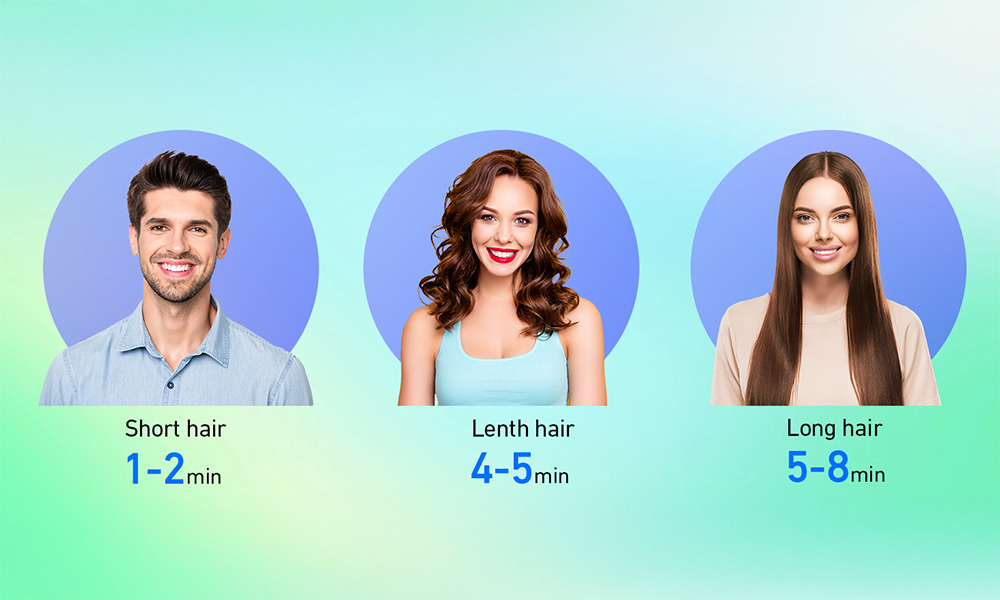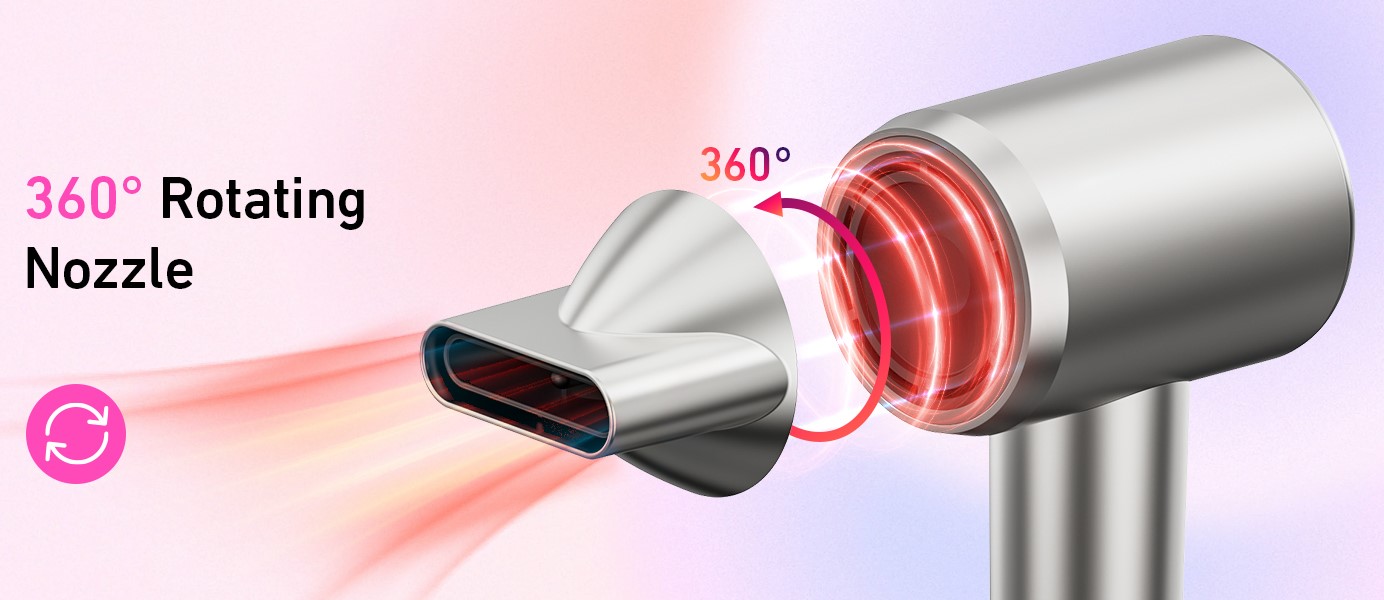
- Home
- Hair Dryer
- Proper Disposal Methods for Your Old Hair Dryer
Proper Disposal Methods for Your Old Hair Dryer

Electronic waste, or e-waste, encompasses all discarded electronic appliances and gadgets, from smartphones to large home appliances. With rapid technological advancements, the lifespan of these devices has significantly shortened, leading to a staggering increase in e-waste. Unfortunately, not all of this waste is disposed of correctly. Improper e-waste disposal can lead to severe environmental and health hazards, as these products often contain toxic substances like lead, mercury, and cadmium. Understanding the true impact of e-waste is the first step in recognizing the importance of proper disposal methods for items as seemingly insignificant as an old hair dryer.
Why Your Old Hair Dryer Matters
It’s easy to underestimate the environmental impact of a single hair dryer. However, when you consider the millions of such appliances discarded every year, their collective impact is far from negligible. Hair dryers contain plastics, metals, and sometimes hazardous materials that can pose serious environmental threats if not disposed of properly. By responsibly discarding your old hair dryer, you contribute to reducing pollution, conserving natural resources, and minimizing your carbon footprint.
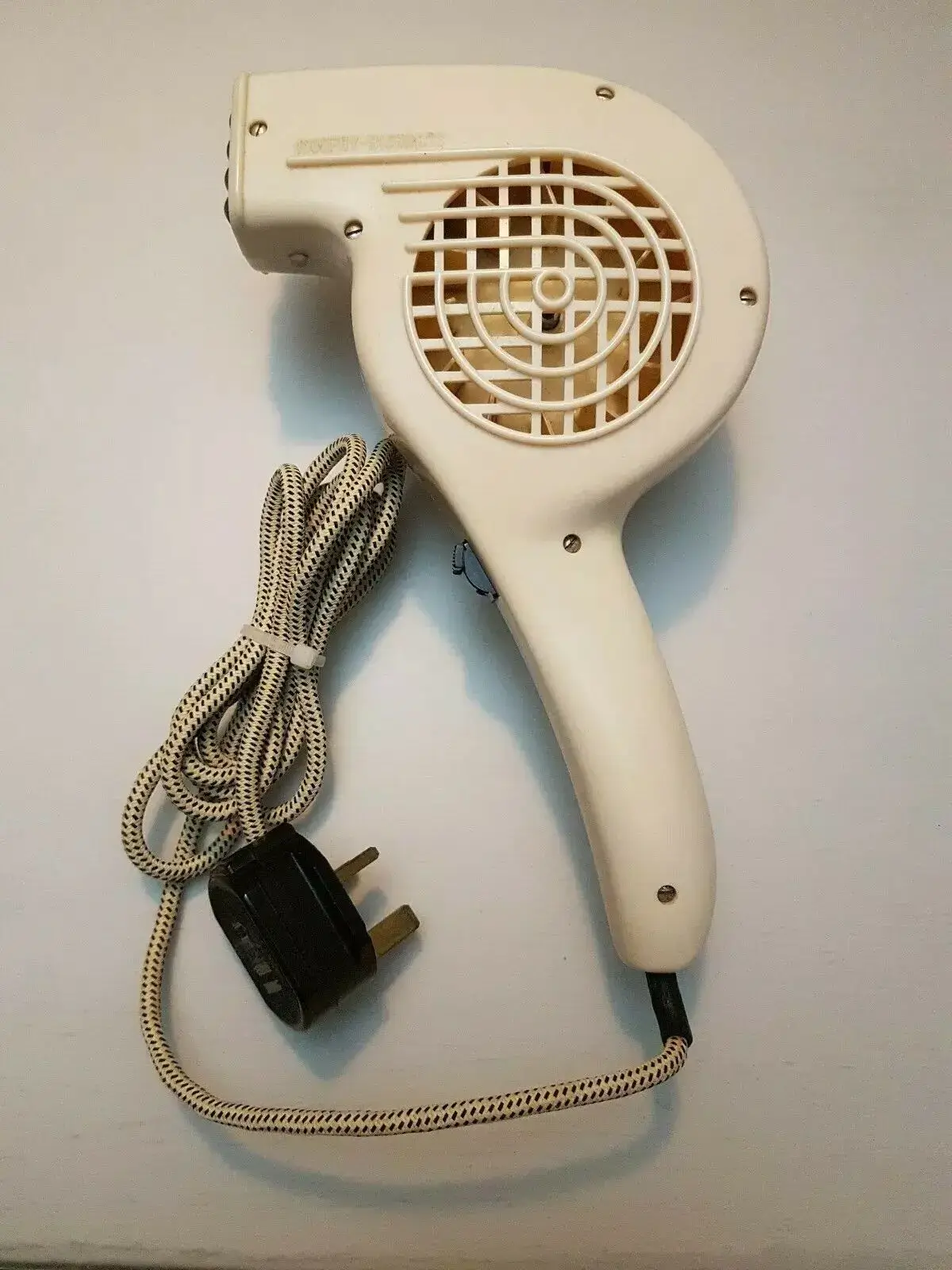
The Problem with Traditional Disposal
Environmental Concerns of Dumping Electronics in Landfills
Traditional disposal methods often involve dumping e-waste in landfills. This practice is highly detrimental to the environment. Electronic appliances in landfills can leach toxic substances into the soil and groundwater, leading to pollution and harming wildlife and human health. Moreover, the valuable metals and components in electronic waste are lost when they are buried, missing the opportunity for recycling and reuse.
The Dangers of Improper Electronic Waste Management
Improper e-waste management extends beyond landfills. Incinerating e-waste can release harmful toxins into the air, contributing to air pollution and respiratory problems. Inadequate recycling processes in certain parts of the world also pose severe health risks to workers, who may be exposed to toxic substances without proper safety measures. Therefore, understanding and practicing proper disposal methods is crucial for protecting the environment and human health.
Preparing Your Hair Dryer for Disposal
Cleaning and Disassembling
Before disposing of your hair dryer, ensure it’s clean and free from hair and dust. Then, carefully disassemble it if possible. Separating the different components, such as the plastic casing, metal heating elements, and electrical parts, can facilitate more efficient recycling. However, if you’re not familiar with electronic disassembly, it’s best to leave this to professionals to avoid injury or unnecessary damage to reusable parts.
Sorting the Components
Once disassembled, sort the components based on their material. Metals, plastics, and electronic parts should be grouped separately. This segregation simplifies the recycling process and ensures that each material is appropriately handled and processed, maximizing the potential for resource recovery.
Eco-Friendly Disposal Options
Local Electronic Recycling Programs

Many communities offer electronic recycling programs where you can drop off your old hair dryer and other e-waste. These programs ensure that your electronic waste is processed responsibly, with valuable materials recovered and hazardous substances properly managed.
Retailer Take-Back Initiatives
Some retailers and manufacturers offer take-back programs for old electronics. Participating in these programs not only ensures proper disposal of your hair dryer but also supports companies that take responsibility for the lifecycle of their products.
Specialized E-Waste Collection Events
Keep an eye out for e-waste collection events in your area. These events, often sponsored by municipalities or environmental organizations, provide a convenient way to dispose of your old hair dryer and other electronic waste responsibly.
Donation Over Disposal
When to Consider Donating Your Hair Dryer
Before deciding to dispose of your old hair dryer, consider its condition. If it’s still in good working order or only requires minor repairs, donation can be a great option. Many organizations and individuals can benefit from your gently used appliance. Homeless shelters, domestic violence shelters, and community centers often welcome such donations as they strive to provide essential items to those they serve. However, it’s important to ensure that the hair dryer is safe to use and does not pose any electrical risks. Check for frayed cords, ensure it operates correctly, and clean it thoroughly before considering donation.
Finding the Right Charitable Organizations
Once you’ve decided to donate your hair dryer, finding a suitable recipient is crucial. Start by contacting local shelters and community organizations to inquire if they accept such donations. Organizations like Goodwill and The Salvation Army typically accept small appliances, but it’s always best to check their current acceptance policies and donation guidelines. Additionally, consider posting on community platforms such as Freecycle or local Facebook groups; this not only ensures your hair dryer finds a new home but also promotes a sense of community and sharing.
Creative Upcycling Ideas
DIY Projects Using Old Hair Dryers

If your hair dryer is no longer functional, upcycling offers a creative and eco-friendly alternative to disposal. With a bit of creativity, old hair dryers can transform into unique home decor or functional gadgets. For example, you can disassemble the dryer and use its components to create a modern-looking lamp, where the dryer’s body becomes the lampshade. Another idea is to use the handle as a quirky bookend or door handle. Always ensure you handle the electrical components safely, and if in doubt, consult with a professional.
Inspiring Community Art Initiatives
Your old hair dryer can become part of a larger community project or art installation. Community centers, art collectives, or schools often undertake projects that require donated materials. These initiatives not only provide a second life to your old appliance but also foster community engagement and awareness about recycling and upcycling. For instance, an art class might use disassembled parts from various electronics, including hair dryers, to create a mosaic or sculpture that highlights the issue of electronic waste. Reach out to local art collectives, schools, or community centers to see if they’re currently accepting donations for projects or if they’re interested in starting a new initiative with your contribution.
Advocating for Sustainable Practices
How to Encourage Responsible Disposal in Your Community
Promoting responsible disposal practices within your community involves both education and action. Start by raising awareness about the impact of electronic waste and the importance of proper disposal. Organize community events focused on e-waste collection or informational workshops. Encourage local schools, businesses, and households to participate in these events, fostering a community-wide effort.
Partner with local environmental groups to amplify your message. Use social media platforms to share informative content, success stories, and upcoming events, making it easy for community members to get involved. Consider creating a community reward program that acknowledges individuals or businesses that demonstrate commitment to eco-friendly disposal practices, further motivating others to follow suit.
The Role of Manufacturers in Promoting Sustainability
Manufacturers play a pivotal role in the lifecycle of electronic products like hair dryers. They can contribute significantly to sustainability by designing products that are easier to recycle, using materials that are less harmful to the environment, and implementing take-back programs.
Manufacturers should also be transparent about the environmental impact of their products and provide clear instructions for proper disposal. By actively participating in or even sponsoring recycling programs, manufacturers not only contribute to environmental sustainability but also enhance their corporate image and customer loyalty.
Conclusion
Throughout this blog, we’ve explored various disposal methods for your old hair dryer, emphasizing the importance of avoiding traditional landfills. We’ve highlighted eco-friendly options such as participating in local electronic recycling programs, retailer take-back initiatives, and specialized e-waste collection events. We also discussed the potential of donating functional hair dryers to charitable organizations and engaging in creative upcycling projects.
As consumers, our choices have power. By choosing to dispose of our electronic waste responsibly, we contribute to a larger movement towards environmental sustainability. Conscious consumerism goes beyond just disposal; it also involves being mindful about our purchases and opting for products that are designed with sustainability in mind.
Popular Post

Ultimate Guide to Using a Hair Dryer with Nozzle for Styling
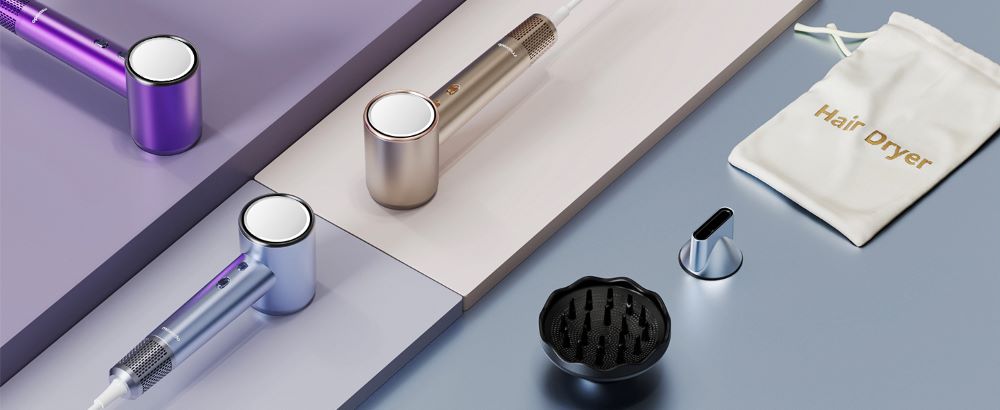
The Benefits of Using a Hair Dryer with a Diffuser
